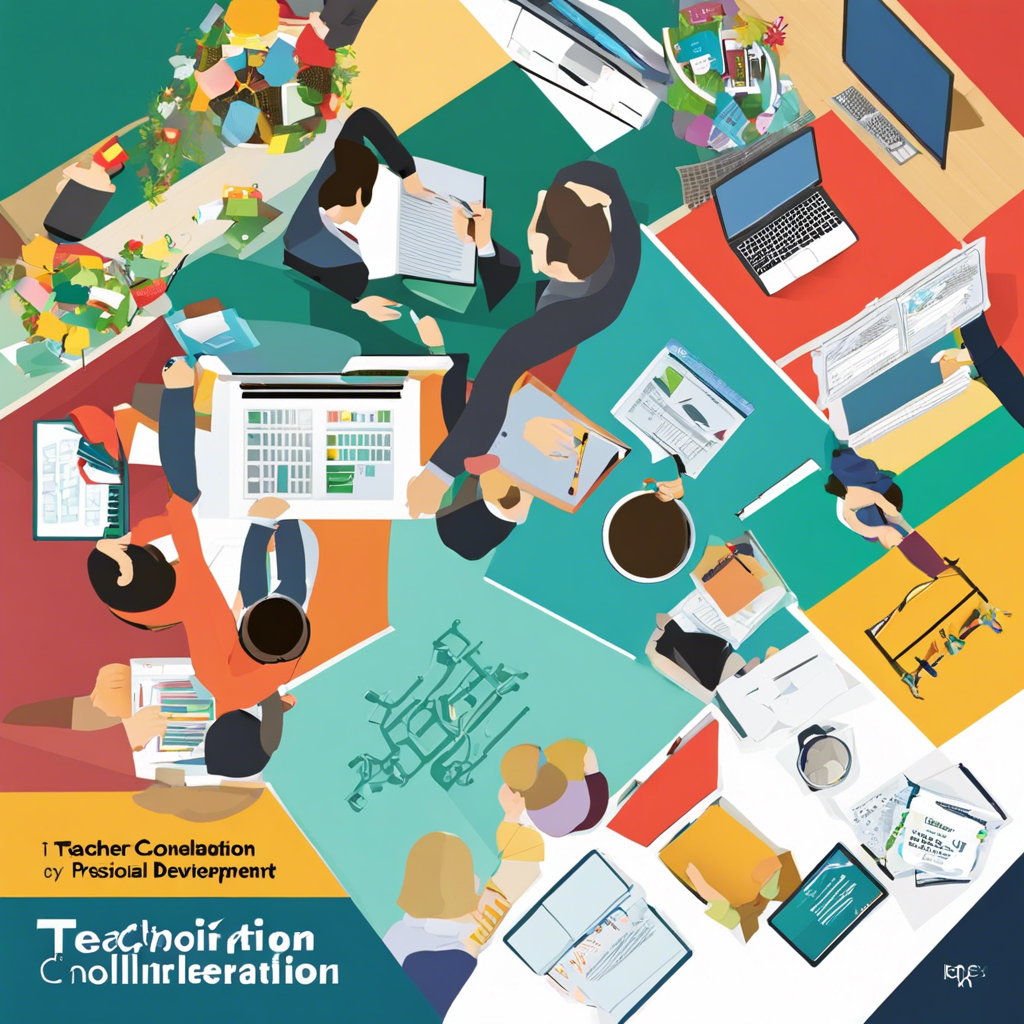Teacher collaboration fosters professional growth, enhances student learning, and promotes a supportive school community.
In the realm of education, teacher collaboration has emerged as a powerful tool for driving professional development and enhancing student learning outcomes. When educators work together, they create a dynamic environment where knowledge sharing, innovative ideas, and best practices thrive. This article explores the multifaceted role of teacher collaboration, delving into its impact on professional growth, student engagement, and the overall school community.
The Power of Collective Knowledge Sharing
At the heart of teacher collaboration is the exchange of knowledge and expertise. When educators come together, they form a collective reservoir of experiences, insights, and strategies. This section explores how knowledge sharing among teachers fosters a culture of continuous learning and improvement.
Building a Learning Community
Collaborative environments encourage teachers to learn from each other’s strengths and experiences. Through mentorship programs, co-teaching, and shared planning, educators develop a shared understanding of effective teaching practices. This not only enhances individual professional development but also strengthens the overall school community.
Inspiring Innovation
Teacher collaboration is a catalyst for educational innovation. When educators share their unique perspectives and approaches, it sparks creativity and encourages the development of new teaching methodologies. For example, implementing project-based learning or integrating technology into the classroom can enhance student engagement, as referenced by Edutopia [^1^].
Enhancing Student Learning Experiences
The impact of teacher collaboration extends beyond the teachers themselves, significantly influencing student learning outcomes. By combining their collective expertise, educators can create more engaging and inclusive learning environments.
Creating a Supportive Learning Environment
When teachers collaborate, they develop a shared understanding of students’ needs, strengths, and learning styles. This shared knowledge enables educators to design differentiated instruction, accommodate diverse learning preferences, and provide targeted support. As a result, students receive a more personalized learning experience, leading to improved academic performance and increased motivation, as highlighted by the Harvard Graduate School of Education [^3^].
Fostering a Community of Learners
Collaboration among teachers promotes a sense of community in the classroom. When students see their teachers working together, they develop a greater sense of belonging and engagement. This collaborative spirit can be further strengthened through group projects, peer learning, and student-led discussions, fostering a community of learners who support and inspire one another.
Practical Implementation Strategies
While the benefits of teacher collaboration are clear, implementing effective collaboration practices can be a challenge. Here are some practical strategies to facilitate collaboration among teachers:
Establish Dedicated Collaboration Time
- Schedule regular collaboration sessions during school hours to ensure teachers have dedicated time to work together.
- Encourage cross-curricular collaboration, allowing teachers from different subjects to share insights and create interdisciplinary learning experiences.
Utilize Digital Collaboration Tools
- Leverage online platforms and collaboration tools to facilitate communication and resource sharing among teachers.
- Create digital repositories for lesson plans, teaching materials, and best practices, making it easier for teachers to access and contribute resources.
Encourage Peer Observation and Feedback
- Implement peer observation programs where teachers observe each other’s classrooms and provide constructive feedback.
- Create a culture of continuous improvement by fostering an environment of trust and openness.
[^1^]: Edutopia: Project-Based Learning for Real-World Success
[^2^]: Corwin: Fostering a Culture of Collaboration in Schools
[^3^]: Harvard Graduate School of Education: What are the Benefits of Collaborative Learning?
Q&A: Exploring Teacher Collaboration Further
How does teacher collaboration impact teacher retention rates?
Collaborative environments promote a sense of belonging and support among teachers, leading to higher job satisfaction and retention. When teachers feel valued and part of a community, they are more likely to remain in their roles, contributing to the school’s long-term success.
What are some challenges in implementing effective teacher collaboration?
Challenges may include finding dedicated time for collaboration, overcoming resistance to change, and establishing clear communication channels. Ensuring buy-in from all teachers and providing ongoing support are essential for successful collaboration.
Conclusion: Unlocking Potential Through Collaboration
Teacher collaboration is a transformative force in education, unlocking the potential of both teachers and students. By fostering a culture of knowledge sharing and innovation, schools can create an environment where educators continuously grow and students thrive. Practical strategies, such as dedicated collaboration time and digital tools, can facilitate this process, ensuring that collaboration becomes an integral part of the educational journey.
